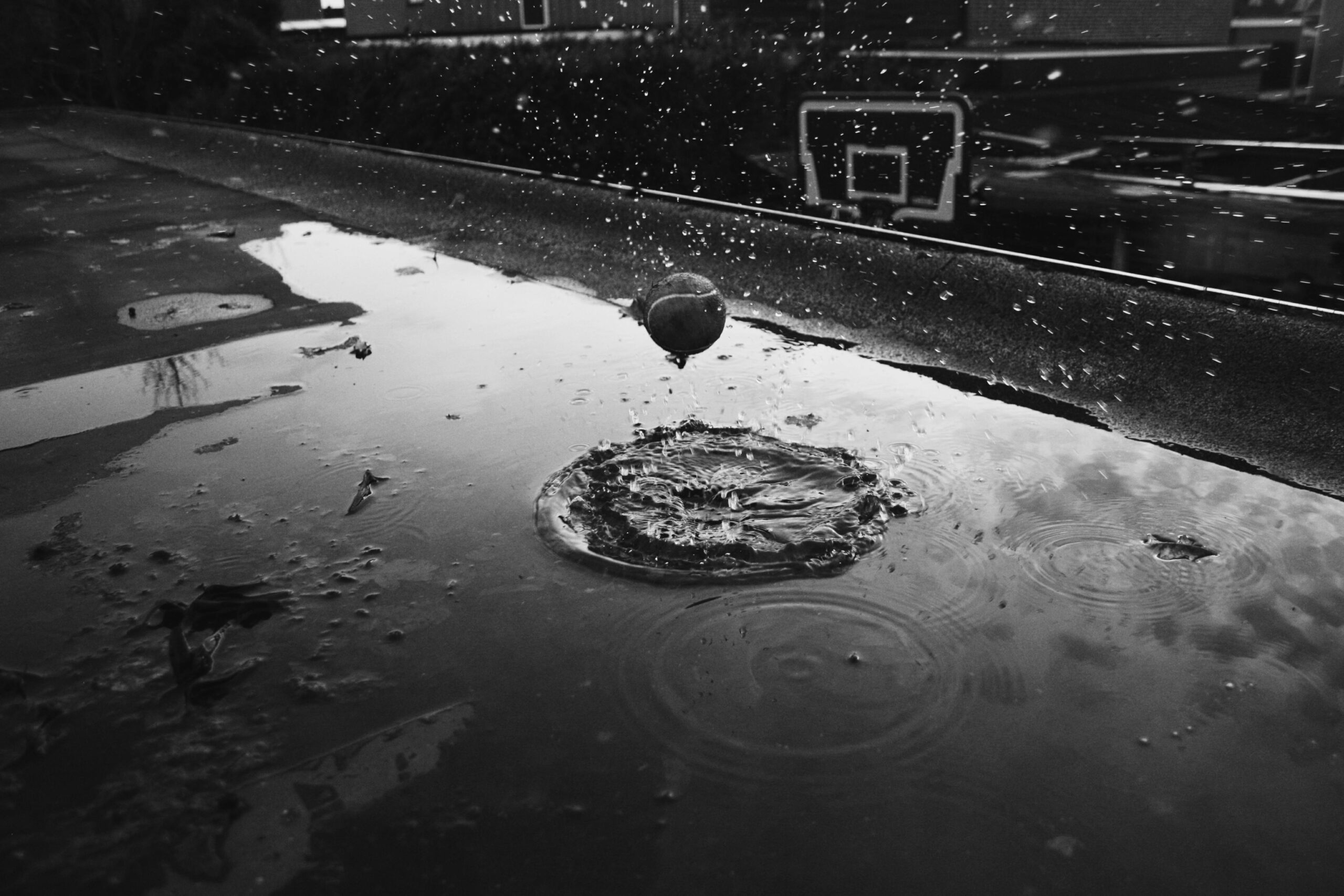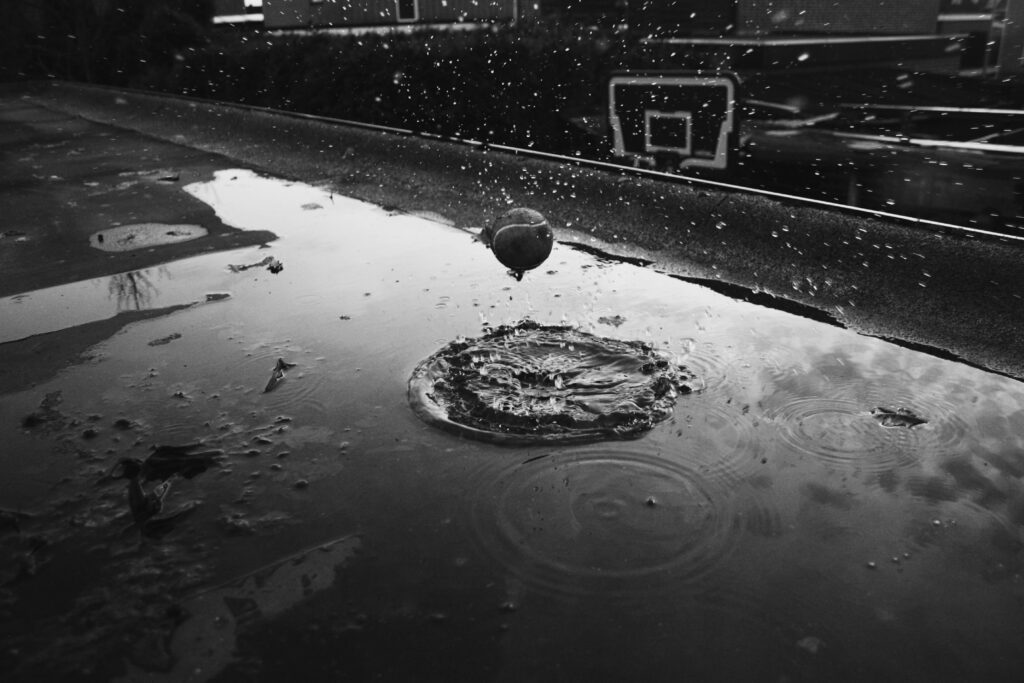
Flood zones in Miami: what you need to know

Miami is a tropical paradise – there’s no doubt about it. But living in a tropical paradise does have costs. For example, being situated where we are, we are prone to flooding. Miami Dade County is surrounded on three sides by the Atlantic Ocean, Biscayne Bay, and the Everglades and is crisscrossed by canals. Because of this, it’s important to know what the FEMA Flood Map designation your home has – especially if you are looking to do some renovations.
Know your FEMA Flood Zones
FEMA does regular reviews of the risk certain neighborhoods have of flooding, and then use their calculations to determine which zone a home is in. The reason this is important is this is what determines the cost of your flood insurance rate.
Zone AE (Moderate to High Flooding Risk)
This category corresponds to areas with flood depths greater than three feet. Residents living in Zone AE are required to purchase flood insurance as a result.
Zone AH (Moderate to High Flooding Risk)
These are areas with a 1% chance of shallow flood with an average depth of ranging one to three feet.
Zone AO (Sheet Flow)
This category refers to areas with a 1% or greater chance of shallow flooding with an average depth of ranging one to three feet, especially on sloping land.
Zone VE (High Flooding Risk)
This is the Flood Zone that corresponds to coastal areas that will have additional hazards associated with storm waves.
Zone D
Areas with possible but undetermined flood hazards. In other words, no flood analysis has been done for these areas. As a result insurance rates are commensurate with the uncertainty of the flood risk.
Zone X
This is a flood insurance designation that refers to areas that are outside the flood plain or those with average flood depths of less than one foot.
You can look up your address here.
What Your Flood Zone Means
As you may know, home insurance doesn’t insure for flooding – so if there’s a hurricane and you have water damage to your home but don’t have flood insurance, you likely will have your claim denied. If you live in any zone that isn’t Zone X, it’s likely that you are required to have flood insurance if you have a mortgage (and if you’re in Zone X it’s still a good idea and likely at a low cost).
It also means that, when we’re doing a renovation, we need to acknowledge the fact that there could be costs that weren’t planned on.
There is a rule of thumb that goes into renovations: the 50% Rule
The 50% Rule and Renovating in a Flood Zone
The 50% rule simply is this: take 50% of the value of the structure of your home (ie not the property value). If your renovation costs are higher than that number, you are required to meet FEMA regulations. If the costs are lower than 50% of the structure’s value, you are not required to update to the current FEMA regulations.
It is more complicated than that – for example, any renovations or repairs in the past 10 years count against the 50% rule, so it’s best to contact us to go over the specifics for your property.
What to Do If You Want to Renovate and Are In A Flood Zone
Contact us! There are amazing engineering systems that have been developed to protect your home even if you’re in what is deemed a high risk flood zone. But before we get to that, we need to figure out what you want to do and determine what the best course of action is for you and your property.
Debowsky Design Group
Flooding can have a huge impact on you and your property. But knowing about flooding, your floods and how to be proactive can mitigate a lot of the headache, especially if you’re renovating or moving properties. That’s why it’s important to get in touch with the experts. At Debowsky Design Group, we’re ready to help keep you safe and, most importantly, as dry as possible.
